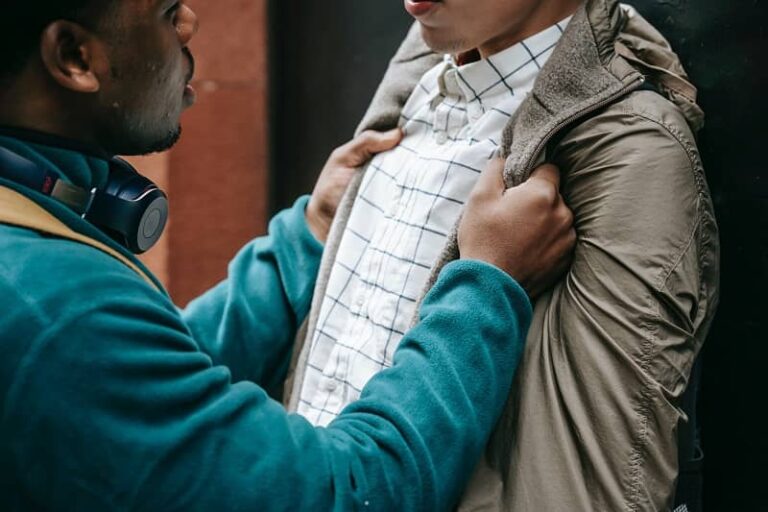
When adult survivors are confronted with situations or events that symbolically remind them of the childhood abuse, they defend against these intruding recollections by either temporarily losing touch with reality or numbing their bodies so they don’t experience the pain associated with the abuse. “I am to blame because I wanted my father to come into my bedroom and cuddle.” Victims, who blame themselves for the abuse, tend to suffer from excessive guilt, depression, low self-esteem and self-defeating thoughts and behaviors, including suicidal thoughts and gestures.ĭissociation in another coping strategy abuse victims use to defend against painful thoughts and feelings. Other victims blame themselves for the abuse because they confuse their age appropriate need for affections with abuse they received.

“If I am responsible for the abuse, then I am also capable of controlling and possibly preventing the abuse.” Many abusers threatened their victims into secrecy, leaving them to carry these concealed burdens well into adulthood.Ĭertain victims blame themselves for the abuse as a means of gaining mastery over the abusive situation. They believe they desired, deserved, or willingly participated in the abuse. Victims tend to distort the facts surrounding the abuse. The more the individual attempts to push these negative thoughts and feelings out of mind, the more they can return in the form of flashbacks, nightmares and even psychosomatic symptoms.įor example, repressed anger may result in tension headaches, fear of abandonment can manifest as gastro-intestinal problems, and feelings of guilt can appear as back or should trouble, not to mention the array of sexual, dysfunctions, eating disorders, addictions or characterological traits that can signify some form of unresolved issue related to the abuse. “What I don’t know can’t hurt them” is the faulty premise upon which this defense mechanism rests. By repressing these traumatic memories, the individual tempts to go on with life as if the abuse had never happened. They are unable to remember, at least on a cognitive level, their past history of abuse. Many adults who have been abused as children are unaware of their own victimizations. The three coping mechanisms most widely used by adult survivors to defend against painful and intruding thoughts and feelings are repressions, denial and dissociation. As a result, many survivors tend to be non-trusting, guarded, avoidant of intimacy and hyper vigilant.

The adult survivor relives the past in the present as if the environment they currently occupy is as dangerous, unpredictable and uncontrollable as their childhood realities. Healthy relationships rely upon basic trust and intimacy – two characteristics survivors of abuse tend to lack. The traits and behaviors that were at one time beneficial in terms of helping the child survive an abusive situation become maladaptive when applied to more appropriate relationships. While these defense mechanisms serve important functions at the time of the abuse, as the child psychologically develops they tend to hinder adaptation to adulthood. How can a child, who must be dependent upon adults for nurturance and guidance, accept the terrible reality that his or her parental figures are non-trustworthy, out of control and capable of harmful abuse? How can such a child, whose basic trust and sense of self was violated, learn to trust another individual or allow for an intimate and bonding relationship?Īs a means of survival, victims of childhood abuse learn, early on in life, coping strategies to defend against thoughts and feelings to painful and frightening to put into words.

Embedded deep in our collective thoughts are proverbial beliefs such as “Children should be seen and not heard” and ‘If you have nothing good to say, then say nothing at all.” This “looking away” attitude of society has resulted in generations of adults who suffer the pain of silence - the pain associated with being a victim of childhood abuse.


 0 kommentar(er)
0 kommentar(er)
